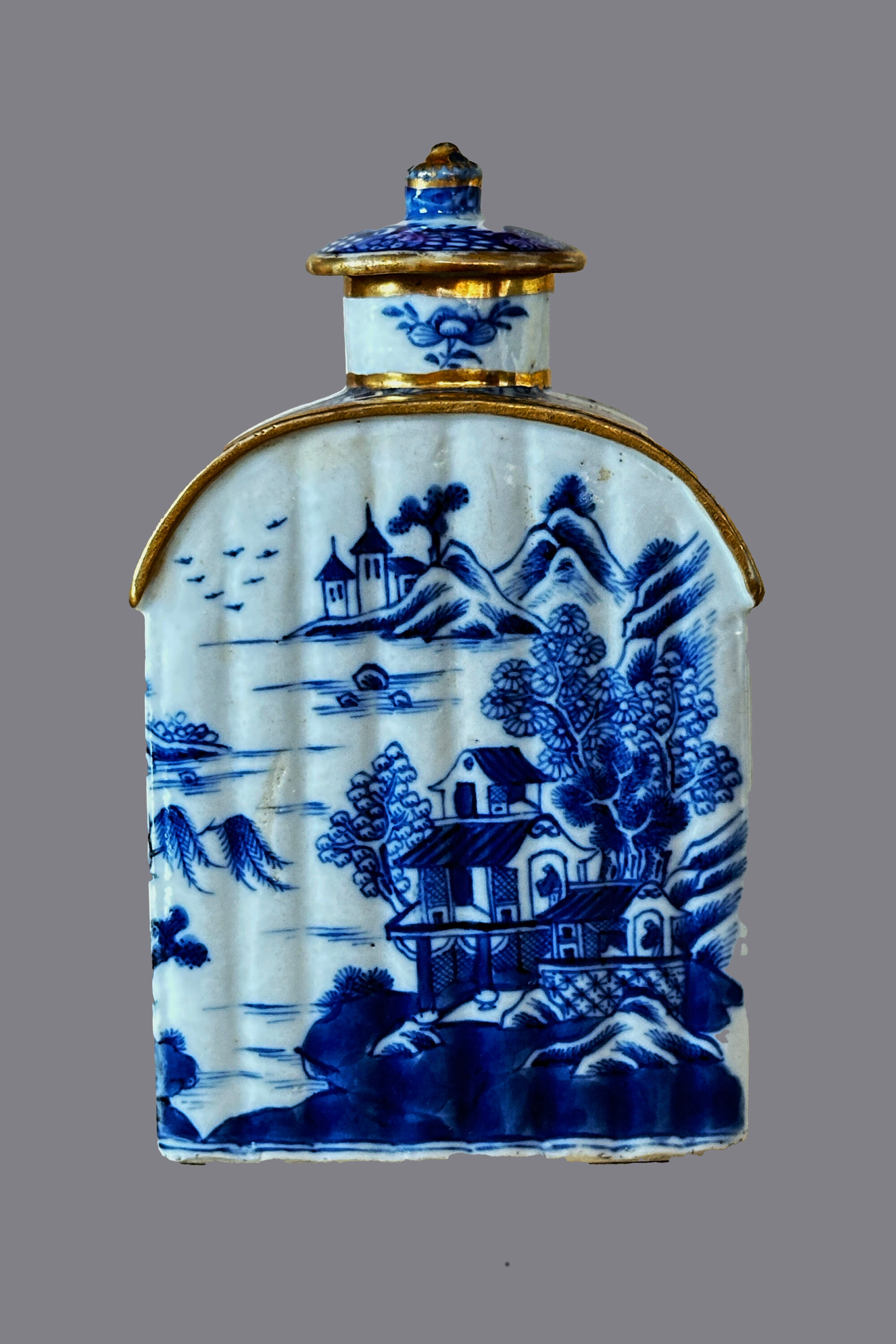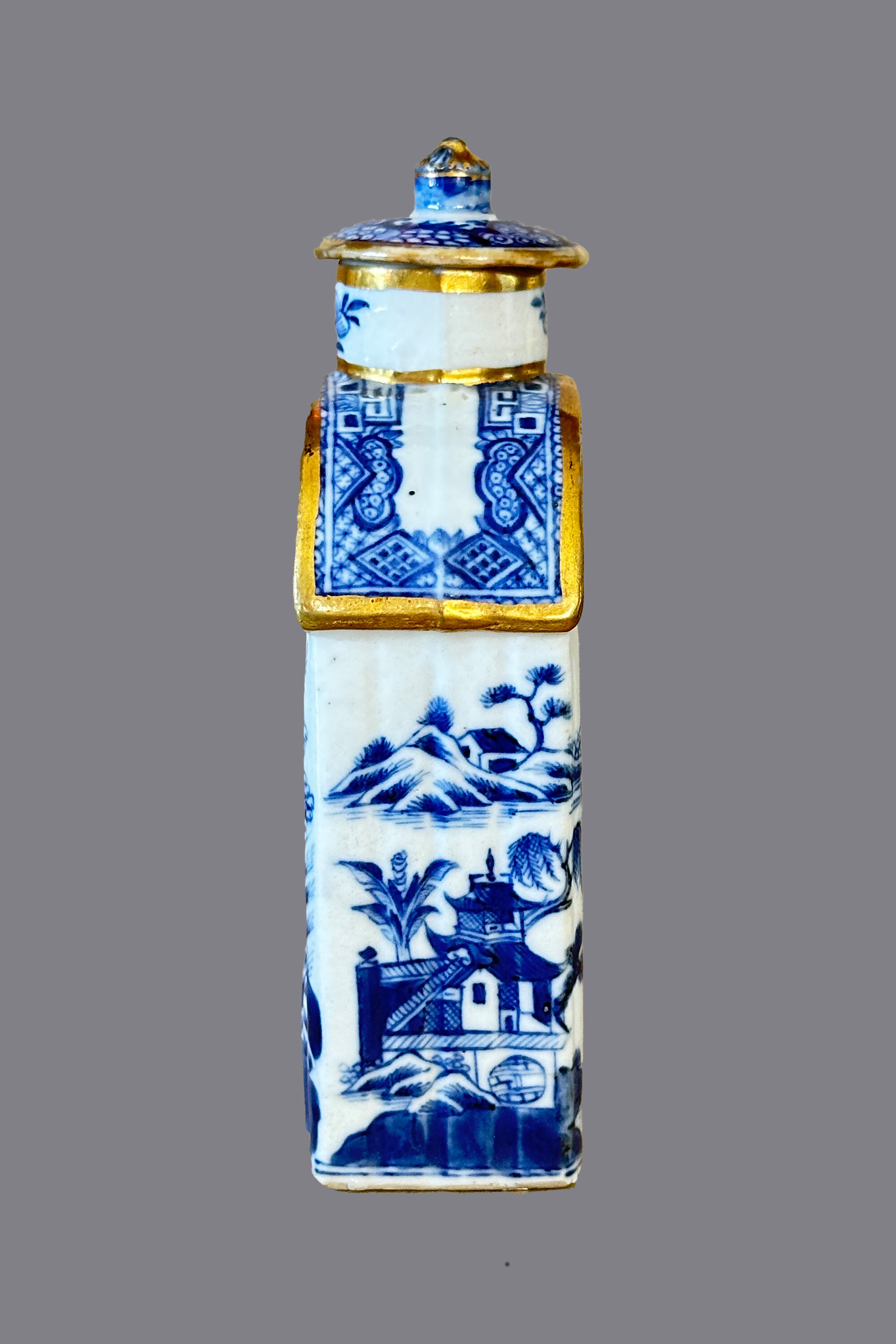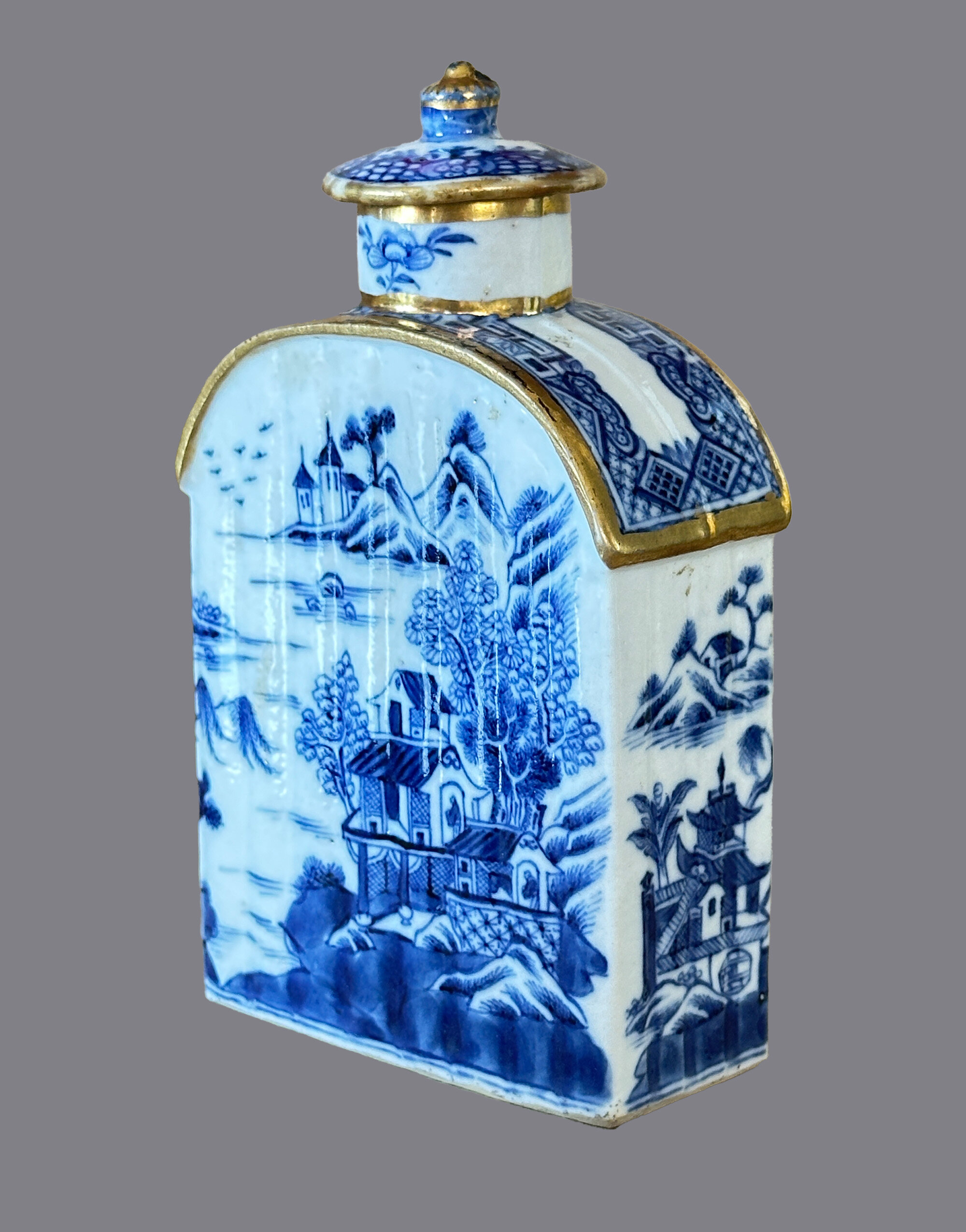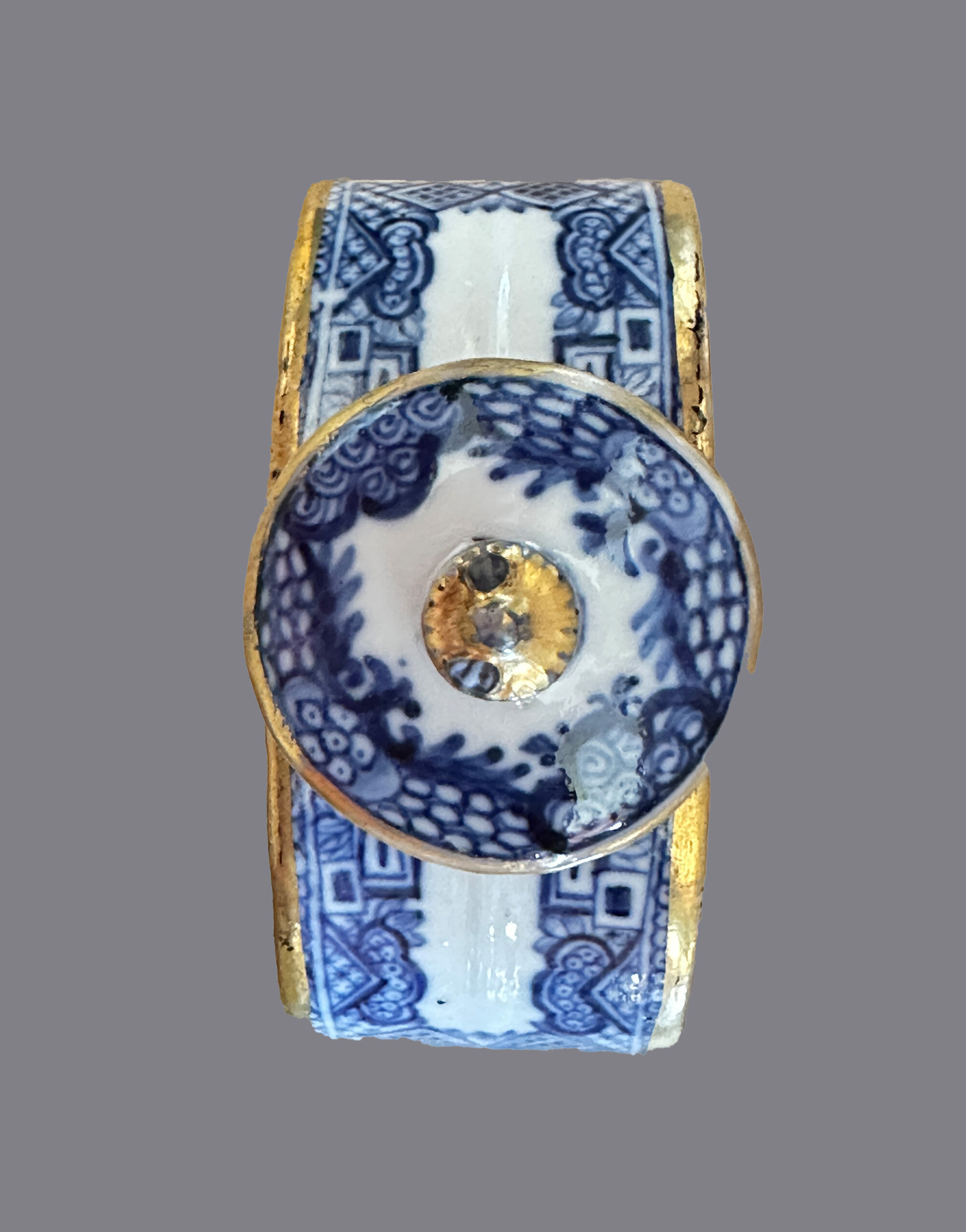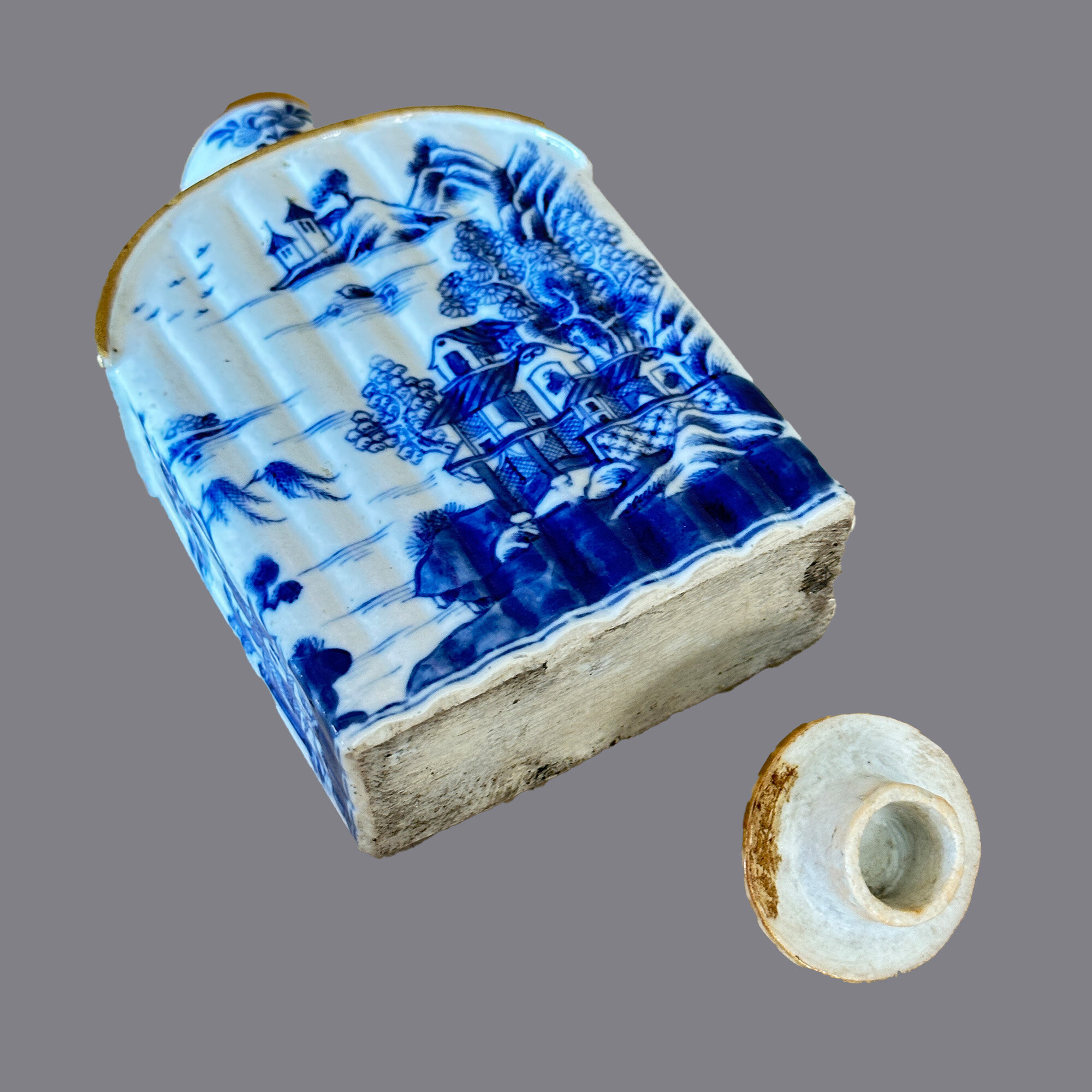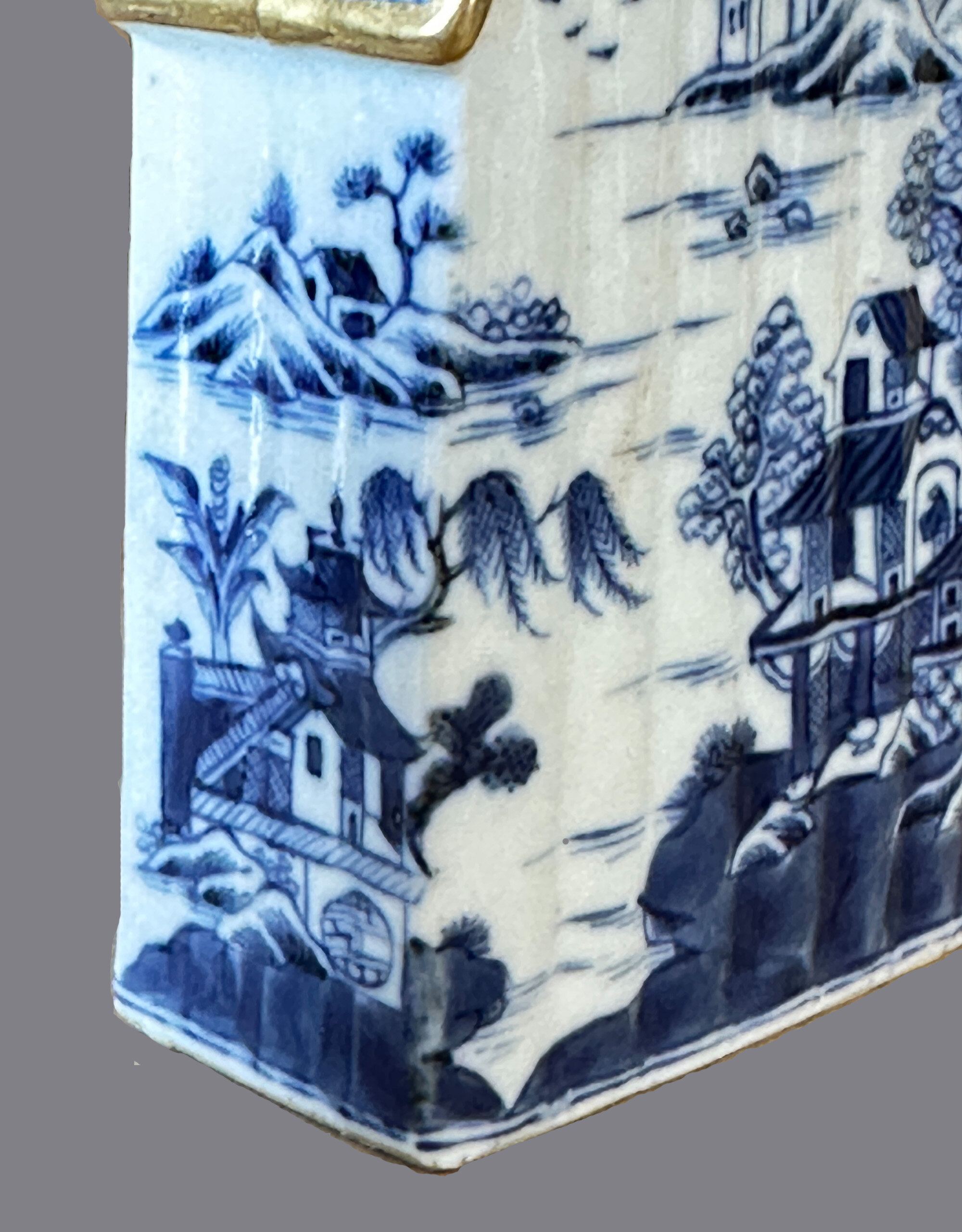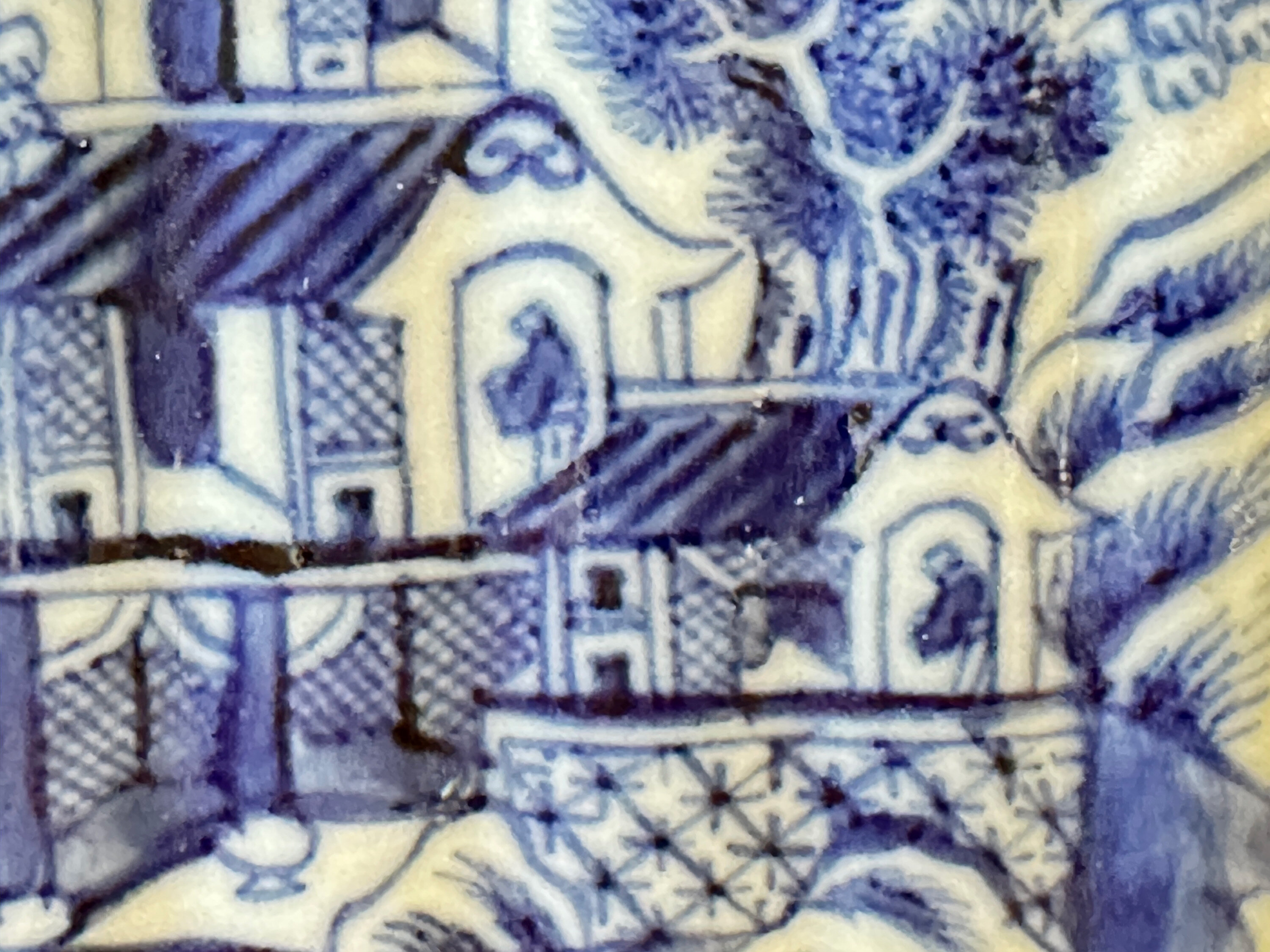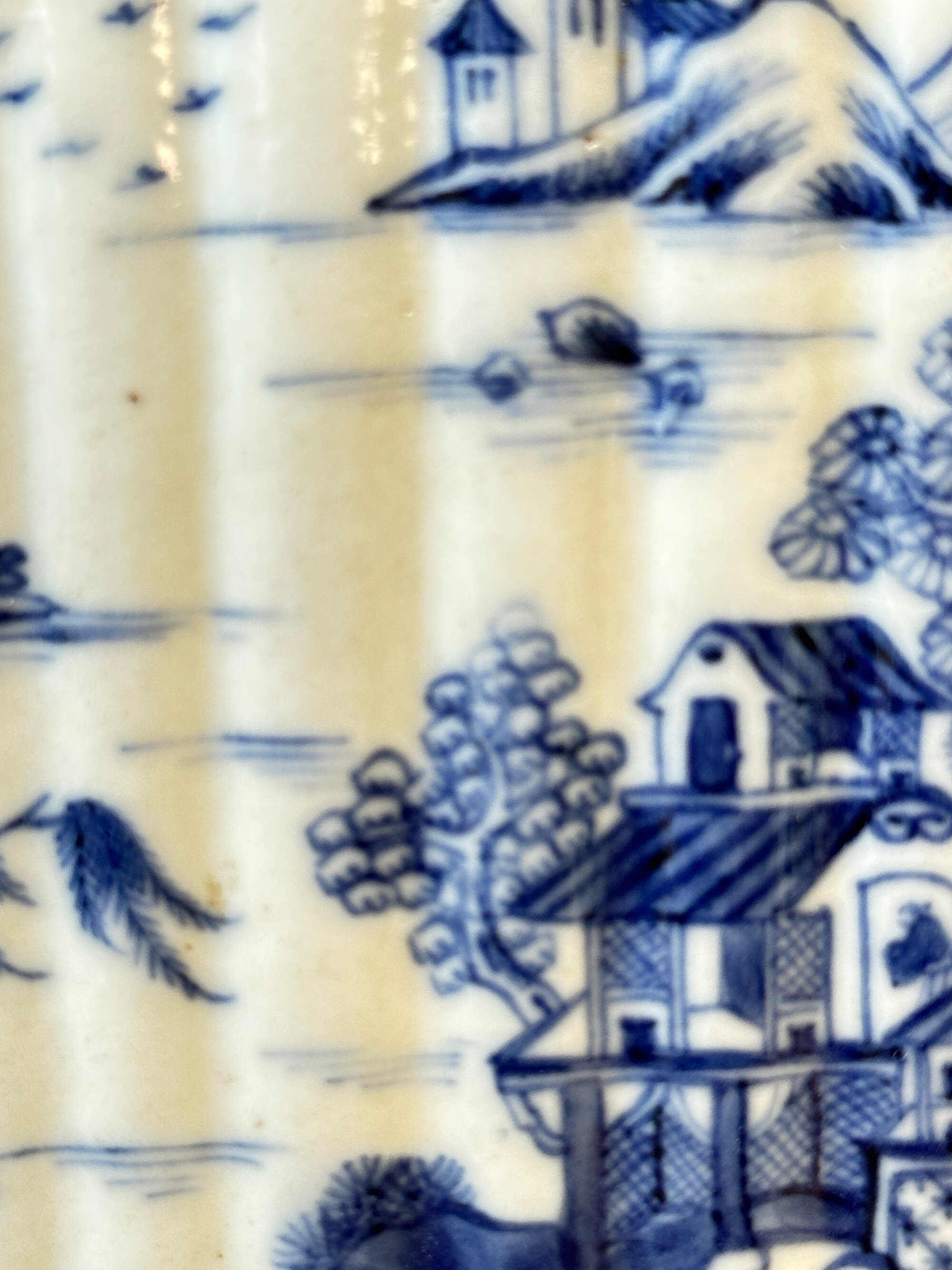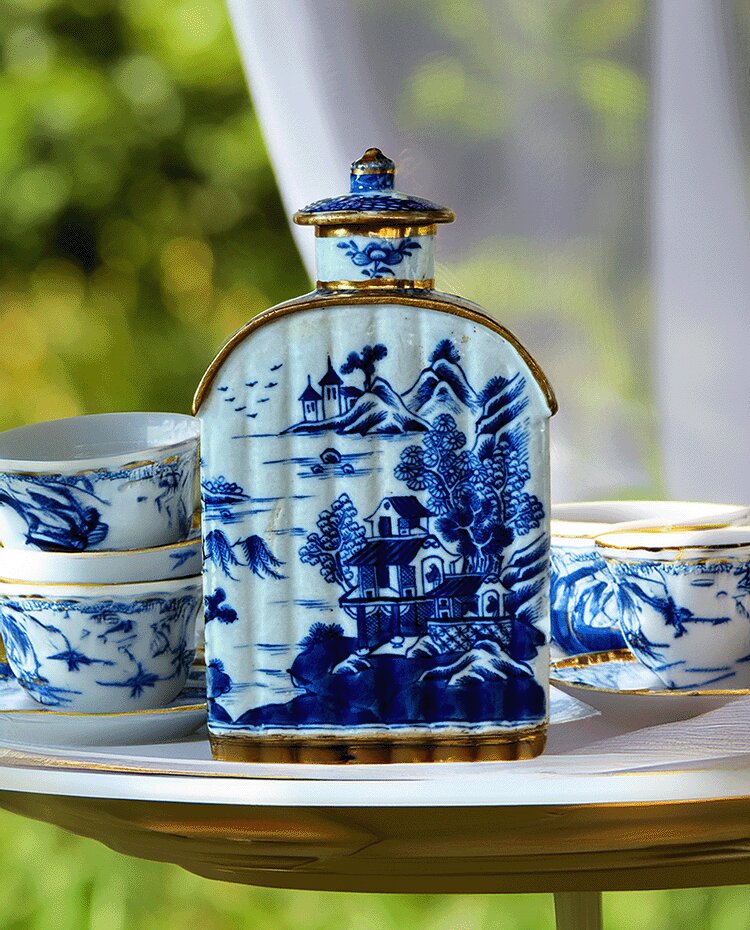Chinese Export Blue and White Tea Caddy and Cover, Qianlong period circa 1760
| Starting Bid: | £100.00 |
| Bid Increment: | £10.00 |
| Next Min Bid: | £110.00 |
| Buyer’s Premium: | £24.00 |
| Total Amount: | £124.00 |
| Number of Bids: | 0 |
| Location: | United Kingdom |
| Highest Bidder: | |
| Auction Start: | 07/07/25 16:05:00 UTC |
| Auction Ending: | 22/07/25 19:00:00 UTC |
| Time Remaining: | 14d 10h 52m |
Chinese Export Blue and White Tea Caddy and Cover, Qianlong period circa 1760
The subject of our latest Focus Auction is one of the most appealing of the porcelain forms made for export by the Chinese during the eighteenth century. Deriving its name from a Chinese unit of weight, the small tea ‘caddy’ was an integral, indeed essential, part of the tea services supplied to an enthusiastic Western clientele. The example featured here represents Chinese work at its very best and is preserved in mint condition making it an iconic collector’s item. ……………………………………………………………………………………………………............................................................................The European love of tea began in the mid seventeenth century after it had been introduced to the West by the Dutch East India Company. It was at first an expensive luxury item to be enjoyed by the select few including the diarist Samuel Pepys who wrote in 1660 that he was at a meeting attended by, amongst others, Sir Richard Ford, who ‘…talked like a man of great reason and experience. And afterwards did send for a Cupp of Tee (a China drink) of which I never had drank before) and went away.’ Pepys seems not to have been very fond of ‘tee’ which was fortunate because it could cost up to a hundred times more than the sherry for which he had a much greater liking. The consumption of tea demanded the receptacles to brew it in and drink it from and the Chinese happily obliged. At first they sent over bowls and saucers (the tea cup was only to follow around a hundred years later), tea pots and tea ‘caddies’, which, bearing in mind the extremely high cost of the tea, were designedly small. The word is thought to be derived from ‘catty’, the Chinese pound, equal to about a pound and a third in the English standard of weight. The earliest tea caddies were rectangular with four small feet, soon to be followed by a flattened octagonal form with a plain bottom, in both cases being fitted with a round ‘cap’ cover.
During the eighteenth century the repertoire of the tea service expanded considerably to include a teapot, teapot stand, spoon tray, sugar basin and cover, cream or milk jug and cover, a saucer dish for serving small biscuits, tea bowls and saucers and, of course, the small tea caddy and cover itself, all decorated in the same colourings and design. At the same time, the form of the tea caddy was considerably altered and the examples now produced had a flattened rectangular body with an arched top, slightly overhanging. The circular neck was completed by a circular cover with a broad rim and a knob finial above an unglazed central ‘stopper’ which fitted inside the top of the piece. Earlier examples were extremely well defined while the later ones were slimmer and of a less precisely formed shape.This piece, therefore, probably dates to the middle years of the Qianlong period (1736-1795).
Accordingly, we have here an example of the Chinese potter’s work at its best. As the seams at the side indicate, the body of these caddies was mould made in two parts and then joined together with the neck added. An additional attraction here is the fluting to the body which is much less common. The decoration is in underglaze blue, the colour being applied to the body before glazing and firing, and the design is a typical stylised landscape scene, a rocky outcrop in the foreground with trees and pavilions and behind a lake with flying birds and another mountainous range in the background again with buildings. As often, small figures can be seen occupying the nearer pavilions. The shoulder is decorated with a classic stylised geometric pattern border with diaper work and key pattern, the neck has two small floral sprays and the lid has a stylised floral border with cell work. To add opulence to the effect, the caddy (and indeed doubtless all of its companion pieces) was given the enhancement of gilt decoration on its arrival, most likely in one of the London workshops.
Truly, then, this was a luxury item at the time and it has survived in a remarkable state of preservation to the present day, intact and with its original cover, which is quite uncommon. Doubtless now to be admired rather than used, this tea caddy is a true collector’s gem and an outstanding example of Chinese Export ware at its best.
| Size: | Height 13.3cm (max) 11.8cm (caddy), Depth 3.5cm (max), Width 8cm (max) |
| Weight: | 227gm |
| Date: | c1760 |
| Condition: | Excellent condition with no damage or restoration; a minute original glaze flaw to one of the front faces. |
| Estimate: | £300 – 400 |
